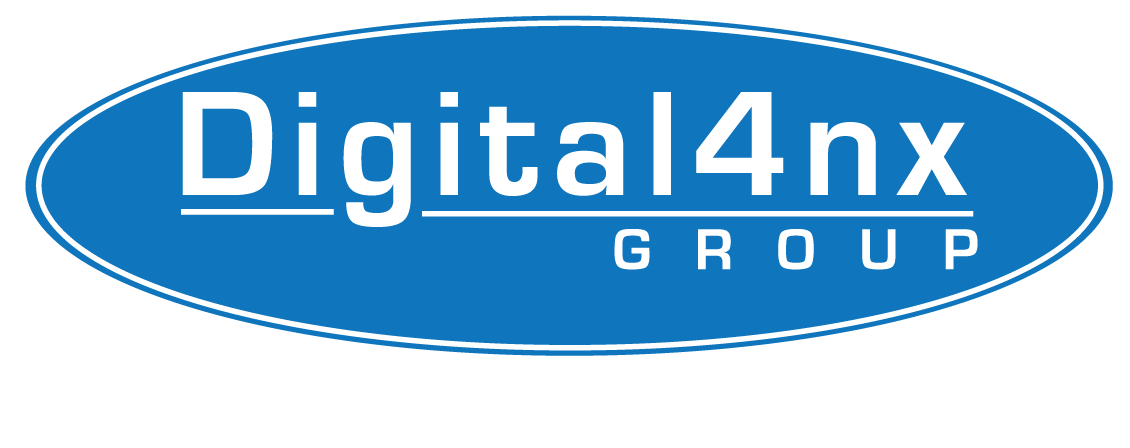The risks of self-collection in eDiscovery continue to be a central theme in courts across the country. A decision from Magistrate Judge William Matthewman in the Southern District of Florida, EEOC v. M1 5100 Corp., serves as a stark reminder that attorneys must actively supervise the identification, collection, and production of electronically stored information (ESI) to comply with their obligations under Rule 26(g) of the Federal Rules of Civil Procedure.
Although this decision was issued in 2020, its relevance has only increased as courts continue to scrutinize attorney oversight in eDiscovery. The rise of modern collaboration tools, mobile devices, and AI-driven document review has made defensible data collection even more complex. But the core issue in this case—whether attorneys can rely on clients to conduct their own searches without supervision—remains unchanged.
What Happened in EEOC v. M1 5100 Corp.?
The EEOC brought an age discrimination lawsuit against M1 5100 Corp., and the parties clashed over discovery responses. The defendant produced only 22 documents from two witnesses, prompting questions about their search adequacy.
When the EEOC raised concerns, defense counsel admitted to knowing little about the client’s search strategy, catching the court’s attention regarding Rule 26(g), which requires attorneys to certify, after a reasonable inquiry, that responses are complete and correct.
The Court’s View on Self-Collection
Judge Matthewman found the defense’s approach deeply problematic, emphasizing that Rule 26(g) imposes a duty on attorneys to have knowledge of, supervise, or counsel the client’s discovery efforts. Relying entirely on clients for ESI without oversight is perilous.
Risks and Consequences
Self-collection can lead to:
- Incomplete or Inconsistent Productions: Custodians may miss, exclude, or inconsistently apply criteria to documents.
- Privilege Waiver or Spoliation: Failing to preserve or misapplying privilege can result in sanctions or adverse inferences.
- Rule 26(g) Violations: Inadequate productions without inquiry pose risks of sanctions and reputational damage.
Lessons Learned
This ruling underscores what a reasonable inquiry under Rule 26(g) entails. Litigators should engage more directly in:
- Review of ESI: Identify relevant custodians, data sources, and search parameters.
- Supervised Collection: Ensure accurate searches and verifications.
- Documenting Processes: Maintain detailed records of discovery efforts.
Courts continue to reinforce these principles, highlighting the need for attorney involvement in ESI collection. As data sources become more complex, accommodating cloud platforms and AI content, the need for structured, defensible processes is paramount. If clients rely on self-collection, it's essential to reassess methods before potential scrutiny under judges like William Matthewman arises.
